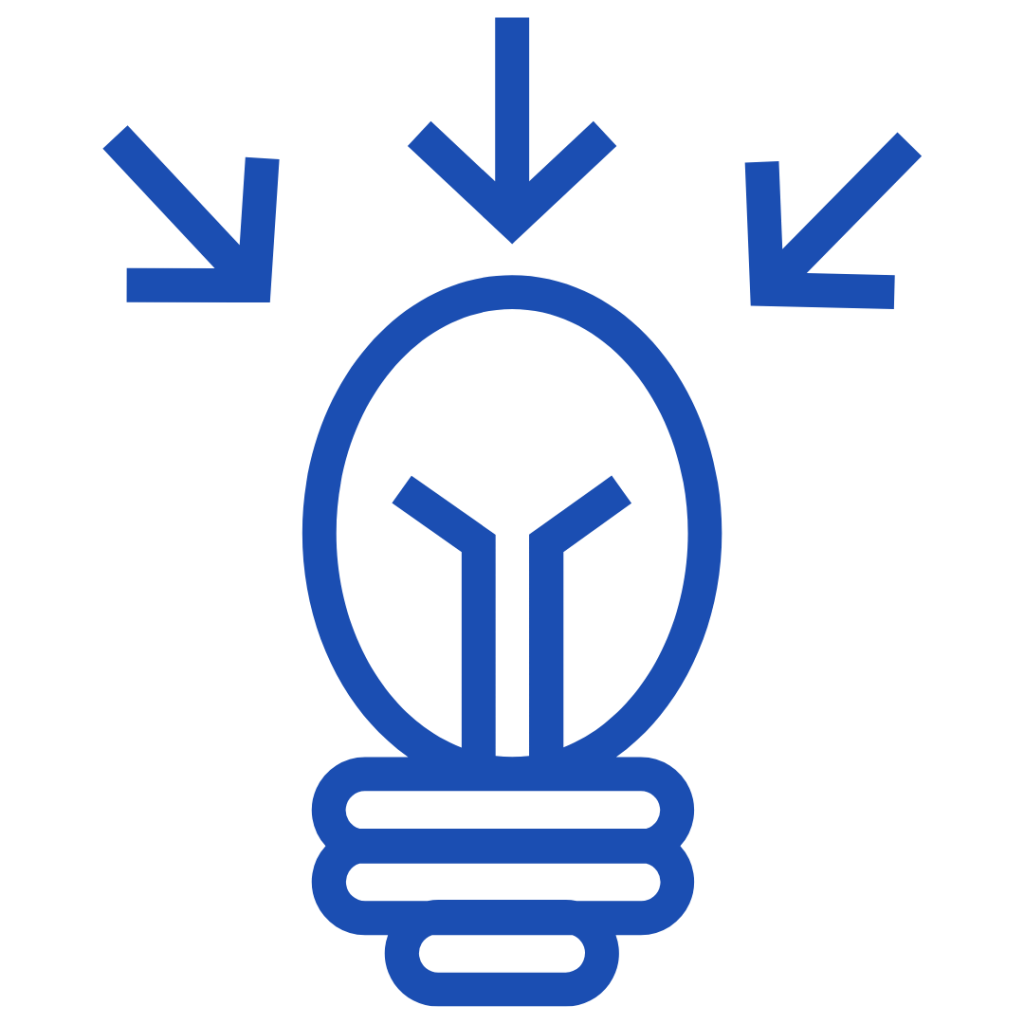Image source: Canva.com
Poverty means not having enough money to cover basic needs like food, water, and shelter for yourself or your family.
Poverty exists everywhere but varies in severity. In the United States, one of the richest countries in the world, 11.5% of people – around 37.9 million – live in poverty.
There are two main ways to measure poverty: absolute poverty and relative poverty.
- Absolute poverty: This measures the basic goods and services a person or family can’t afford.
- Relative poverty: This compares a person’s or family’s situation to the standard of living in their society.
In the U.S., poverty is officially measured using a method created in the 1960s, which hasn’t changed much since. Some critics say it overstates poverty by classifying people as poor who wouldn’t have been considered so in the past.
Historically, the U.S. had the highest poverty rate (22%) in the 1950s and the lowest (10.5%) in 2019. As of 2024, poverty remains a significant issue, affecting millions of Americans and influencing government policies.
Current Poverty Levels
The U.S. Census Bureau sets the poverty threshold to help define who is considered poor. For 2024:
- A family of four is considered in poverty if their income is below $29,960.
- For an individual, the threshold is $14,891.
The Department of Health and Human Services (HHS) uses similar but slightly adjusted numbers to determine who qualifies for assistance programs like food stamps. For example:
- A family of four making $30,000 or less is considered poor.
- The thresholds are higher in Alaska and Hawaii because of the higher cost of living.

2024 Poverty Guidelines for the 48 Contiguous States and the District of Columbia
- 1 person: $15,060
- 2 people: $20,440
- 3 people: $25,820
- 4 people: $31,200
- 5 people: $36,580
- 6 people: $41,960
- 7 people: $47,340
- 8 people: $52,720
(For each additional person, add $6,730.)

2024 Poverty Guidelines for Hawaii
- 1 person: $17,310
- 2 people: $23,500
- 3 people: $29,690
- 4 people: $35,880
- 5 people: $42,070
- 6 people: $48,260
- 7 people: $54,450
- 8 people: $60,640
(For each additional person, add $6,190.)
By comparison, the median household income in 2024 is $98,487, over three times the poverty threshold for a family of four. This gap highlights the economic disparity in the country.
Who is Affected by Poverty?

About 11.5% of Americans live in poverty, including 16.1% of children under six. Inflation makes it harder for poor families, as they spend a bigger share of their income on necessities:
- Housing: Families earning less than $30,000 spend 41.2% of their income on housing, compared to 33.8% for the average household.
- Food: Those earning less than $15,000 spend 16.7% on food, while the average household spends 12.4%.
- Healthcare: Low-income families spend more on healthcare as a percentage of income – 8.6% for those earning less than $15,000, compared to the average of 8.1%.
Poor families spend less on non-essential items like entertainment and personal expenses. For example, the average family spends 5.3% of income on entertainment, but low-income families spend only 4.6%.

The poverty line highlights financial inequality in the U.S. While it provides a way to measure economic hardship, it also shows how many families struggle to meet basic needs. Addressing these challenges requires ongoing policy changes and support to reduce poverty’s impact on American families.





